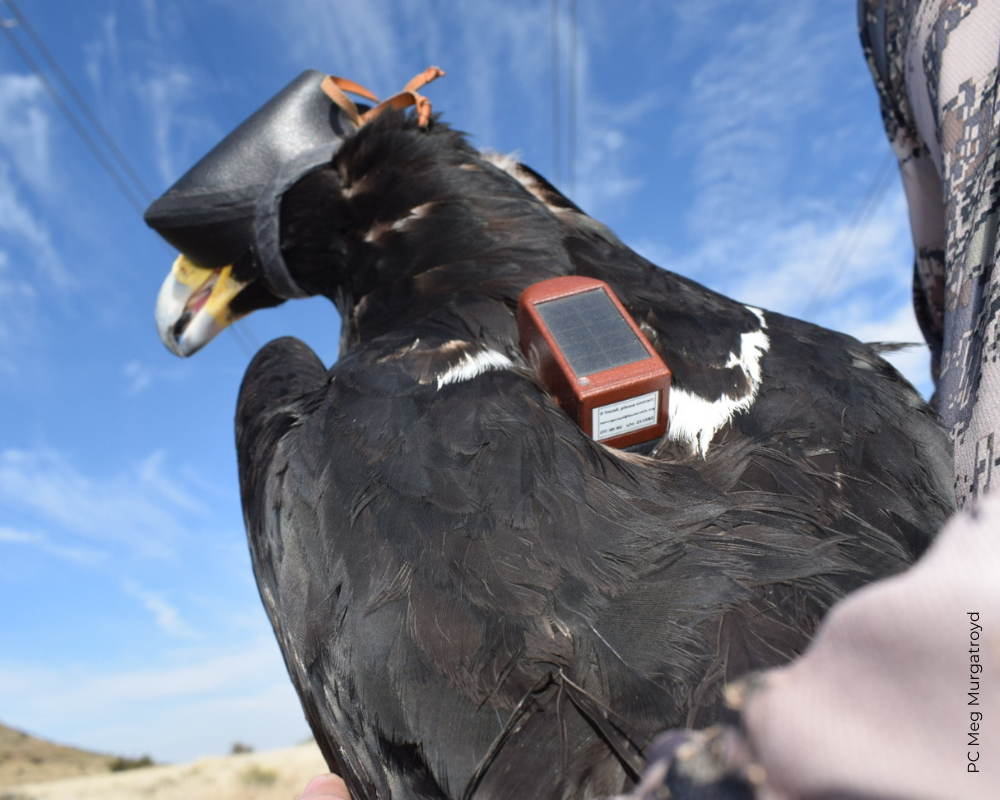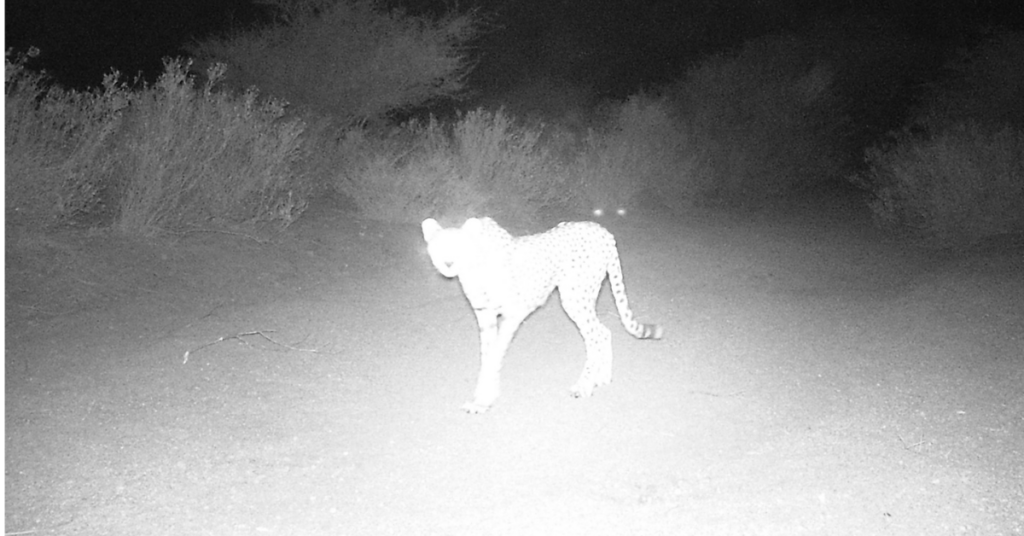
In an attempt to produce more energy while minimising greenhouse gas emissions, wind turbines are becoming a common sight across the world. We desperately need to see the production of more sustainable energy, but we also need to face the issues that have come with wind power. Our main concern is that wind turbines are responsible for hundreds of eagle fatalities each year.
One proposed solution is to paint one blade a contrasting colour to increase turbine visibility for birds and, as a result, reduce the number of fatalities. A study in Norway has yielded the first promising results after testing this theory on four wind turbines and recording a 70% reduction in bird fatalities1. This study recorded the number of bird fatalities found underneath turbines over an 11-year period. This included monitoring before and after one blade of the turbines was painted black and searching for carcasses at the four test turbines as well as four control turbines. Since then, interest has grown in the idea of blade painting as a potential mitigation method to reduce bird deaths around the world. However, we really need to test and confirm these preliminary findings for other species and on a much wider scale.
In South Africa, the wind energy industry is growing rapidly, and a major concern is the number of Verreaux’s Eagles which are being killed, despite strong guidelines to keep turbines away from nests of this species. In collaboration with the FitzPatrick Institute of African Ornithology, HawkWatch International has embarked on a trial to see if blade painting could be a solution. Verreaux’s Eagles do not migrate and can be found in their territories year-round, regardless of their breeding status.

Therefore, we have fitted resident eagles close to an operational wind farm with GPS tags to collect detailed movement data in order to better understand how they navigate a turbine-populated landscape. Following this, a number of the nearest turbines will have one blade painted. Using GPS devices to track eagle movements before and after turbine blades are painted will give us a fine-resolution view into turbine avoidance behaviour by this species. If we can prove that eagles do indeed avoid painted turbines more than unpainted ones, we might be one step closer to having a suitable mitigation method to reduce the number of fatalities of Verreaux’s Eagles and potentially other large raptors in an effective and low-cost way.
You can help us prevent collisions by making a gift to save eagles around the globe. Click here to contribute to this research:
https://hawkwatch.org/savingeagles
Work Cited
1. May, R. et al. 2020. Paint it black: Efficacy of increased wind turbine rotor blade visibility to reduce avian fatalities. Ecol. Evol. 10, 8927–8935.
This blog was written by Dr. Megan Murgatroyd, HWI’s Associate Director of African and Asian Programs. You can learn more about Meg here.



